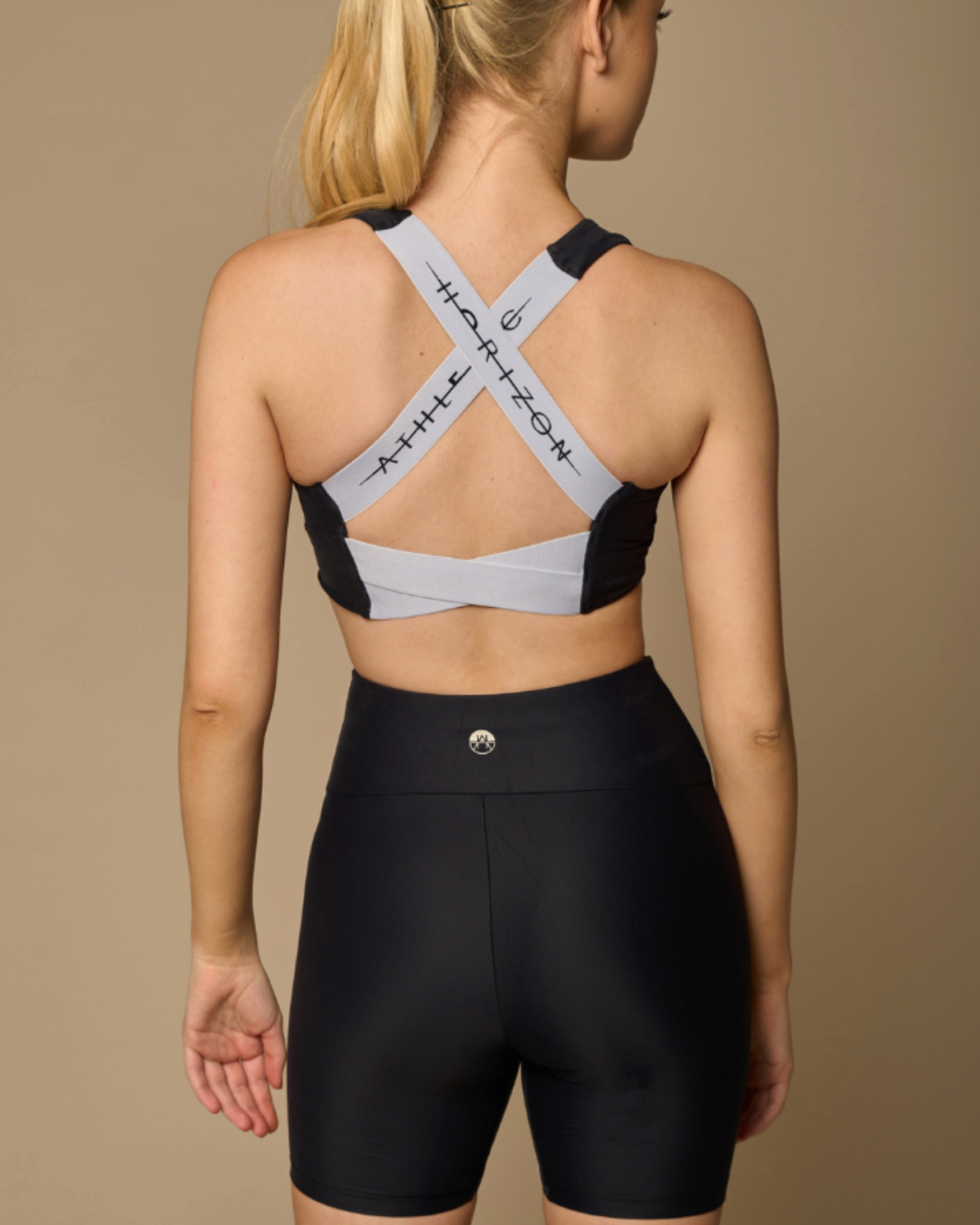We know the uncertainty in the world with the pandemic coronavirus is overwhelming us to some degree of anxiety. It is crucial during this time to stay home, stay safe and stay positive.
The ability to be able to have full control over breathing is a powerful asset when enduring though times like these.
Women's Health Physiotherapist Julia Hlaing has written an exceptional article on controlling our breathing.
We can survive weeks without food, days without water but only a few minutes without breathing. Our breath is powerful. Fads come and go, even people come and go but your breath remains with you from birth to death and can affect our health so let’s pay attention to how and why we should improve it because you are breathing between 17,000-30,000 times a day without even thinking. On average an adult at rest is considered to have a respiration rate between 12 to 20 breaths per minute.
Breathing affects your body’s function
Breathing helps us to get oxygen into the lungs and carbon dioxide out of the body. In our lungs a gaseous exchange occurs which allows for oxygen to pass into our bloodstream and supplies our bodily systems required to function and survive.
- Brain for cognition & mental clarity
- Digestive system to break down our food
- Heart rate and blood pressure
- Muscle function
- Immune system
- Nervous system to assist with recovery & stress
How do we breathe?
When you breathe in the air travels down the trachea and into the lungs. To provide enough space for the lungs to expand a vital muscle called the diaphragm contracts and moves downwards at the bottom of your ribcage. The intercostal muscles between your ribs also play an important role for respiration as it helps to contract to pull your ribcage upward and outward.
So how do you breathe?
(Take 3 comfortable breathes paying attention to your nose and mouth. Where do you breathe through?)
- Nose
- Mouth
- Both
(Place one had on your chest and one on your belly as you breathe. Where do you mainly feel the rise and fall? )
- Chest
- Belly
- Neck & shoulders
(Place both hands on the side of your torso just below your ribs. Do you feel any lateral movement of your ribs as your breath in and out?)
- No
- Yes
(Now time yourself and count how many breaths you take when you breathe at your normal and comfortable pace)
Breaths in 15secs: _____
(Multiply by 4 to get breathes per minute)
Common mistakes:
- Using your neck and shoulders when breathing. This often results to increased neck and upper trap tension or even headaches.
- Drawing your belly inwards when breathing in. Due to the mechanism there is a reduction in rib and diaphragmatic expansion which means less air is able to reach the lungs.
3 ways to take control of your breath. (12-15 breathes per minute)
- Crocodile breathing: Tempo- 3 secs in : 1secs hold : 4secs out (repeat for 1-5mins)
- Start lying on your belly on the floor
- Hands together and under forehead relaxed
- Legs straight and toes pointed down
- Relax the body, breathe into the belly feeling 360degs of expansion
- Exhale from the mouth, relax and let go of tension in the body
- Box breathing: tempo- 4secs in: 4secs hold: 4secs out: 4secs hold (repeat for 1-5mins)
- Seated or laying on back with hands relaxed
- Inhale for 4-count, using your belly, chest, and shoulders in order.
- Hold for a 4-count at the top of the breath in full expansion.
- Exhale for 4-count out through the mouth.
- Pause at the bottom of the breath for 4 between breathes
- Helpful apps
- Headspace
- Calm
- Smiling mind
- Waking up
Written by Women's Health Physiotherapist Julia Hlaing (physique.physio)




